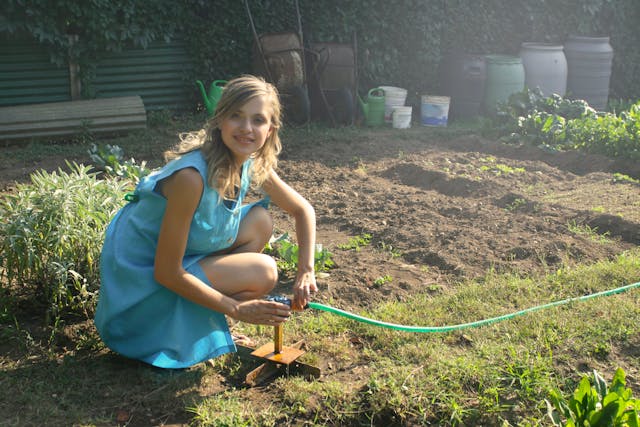- Vertical gardening systems offer a space-saving solution for gardeners.
- Consider factors like available space, plant types, and climate when choosing the right structure.
- Advanced technologies and sustainable materials are shaping the future of indoor and outdoor gardening.
- With the right structures, gardeners can enjoy year-round access to vibrant gardens.
- The integration of various structures can enhance efficiency and yield for a successful gardening experience.
Gardening is more than just a hobby; it is an art of connectedness to nature and a source of unadulterated joy. Yet, for many gardeners, the weather poses a common challenge, dictating the start and end of their gardening season. Thankfully, innovative gardening structures have disrupted this norm, extending the possibility of continuous harvests all year round. But with a plethora of options available, which structures truly enhance year-round gardening success?
The Advantages of Year-Round Gardening
Year-round gardening has gained popularity for several compelling reasons. For one, it ensures a consistent supply of fresh produce, promoting self-sufficiency and reducing food mileage. It also allows for better control of your garden environment, leading to healthier and perhaps more abundant crops. Additionally, the therapeutic benefits of year-round hands-in-the-dirt activity are undeniable, offering a constant source of stress relief and relaxation.
Innovative Gardening Structures That Enable All-Season Gardening
When it comes to pushing the boundaries of gardening seasons, structures play a fundamental role. Here are five innovative gardening structures that have paved the way for year-round gardening.
1. Invest in a Greenhouse
The quintessential addition to any year-round gardening toolkit is the greenhouse. Greenhouses offer a controlled microclimate, protecting your plants from the harsh cold of winter and the scorching heat of summer. Among the various types of greenhouses, the quonset greenhouse stands out for its versatility and space efficiency.
Shaped like a semicircle, it minimizes the surface area exposed to the outside elements, conserving heat and energy. Some advantages of a Quonset greenhouse include its affordability, ease of assembly, and adaptability to various garden sizes.

2. Utilize Cold Frames
A simpler, low-cost alternative to a full-scale greenhouse, cold frames work by capturing the sun’s heat to create a warm, protected environment for plants. They are usually constructed with a transparent roof angled to maximize sunlight and an opaque or reflective back wall to retain heat. Positioned strategically in the garden, cold frames can shield your plants from frost and cold winds, extending the growing season.
3. Explore the Use of High Tunnels
High tunnels, also known as hoop houses, provide the benefits of a traditional greenhouse, albeit on a larger scale. With their arched frames and polyethene covers, they allow for more headroom and ventilation, which are crucial for the health of your plants. High tunnels are ideal for a variety of crops and can help control humidity and protect plants from heavy rain and wind damage.
4. Consider Polytunnels
Taking the concept of a high tunnel a step further, polytunnels combine the best features of a greenhouse and a high tunnel. Their cost-effectiveness and ease of assembly make them an appealing option for gardeners looking to venture into year-round gardening. Polytunnels are particularly adept at creating a warm environment for heat-loving crops and can be customized to suit different gardening needs, whether it’s for extending the growing season or season-bridging in regions with extreme weather conditions.
5. Implement Vertical Gardening Systems
Vertical gardening systems offer a unique solution to space constraints, allowing gardeners to ‘grow up’ rather than ‘grow out.’ By utilizing trellises, vertical planters, and hanging systems, gardeners can optimize the available space within greenhouses, on patios, and even indoors. Plants such as tomatoes, cucumbers, and various herbs thrive in vertical settings, and these systems can be easily integrated with other structures to enhance efficiency and yield.
Choosing the Right Structure for Your Gardening Needs
Selecting the appropriate gardening structure is a critical step towards year-round gardening success. Start by evaluating the available space and the types of plants you wish to grow. Consider your local climate and the specific needs of your crops when deciding on the level of environmental control required. Finally, weigh the initial investment and ongoing maintenance costs against the benefits a particular structure would bring to your gardening experience.

Final Thoughts
As we look to the future, integrating advanced technologies and sustainable materials will further blur the lines between the indoor and outdoor gardening experience. For now, the creative use of existing structures is a testament to the resolute spirit of gardeners who refuse to be shackled by the seasons. Today, more than ever, it is possible to enjoy the vibrant colors and flavors of a well-tended garden any day of the year.




